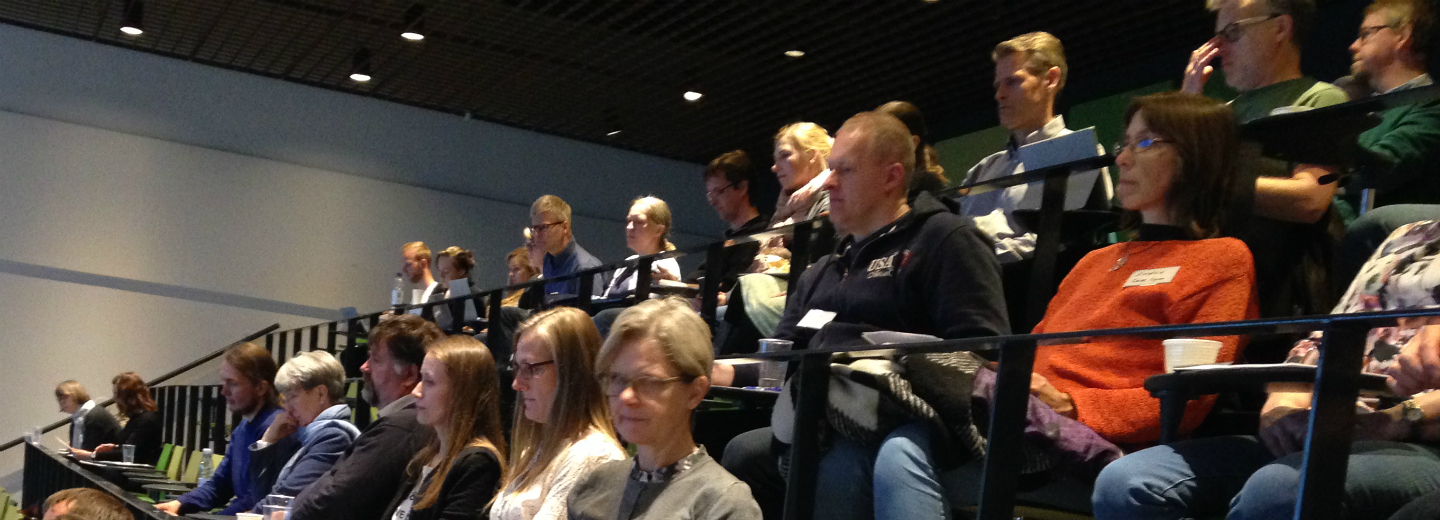
Interdisciplinary approach makes science tangible
70 high school teachers have developed teaching courses that explain what happens when, for example, mathematics meets biology. The project, which was facilitated by LSUL, was completed on 2 May 2017ord with a seminar at SDU
It is often the unfortunate lot of math teachers to have to explain to reluctant high school students how they can actually use differential equations, vectors and integral calculus. Therefore, through a project facilitated by Danish Science Gymnasiums and the Laboratory for Coherent Education and Learning (LSUL), high school teachers have been provided with new tools for explaining the connection between formulas and real life. It is precisely where mathematics meets other subjects such as biology that application-oriented perspectives become more apparent and tangible for students, while teachers gain an interdisciplinary academic language and new approaches to their teaching.
The project Biology and mathematics in the curriculum concluded with a seminar on 2 May 2017 at SDU, where 70 high school teachers from the regions of North Denmark, Central Denmark and Zealand gathered to share their experiences and present the interdisciplinary projects they had worked on during the school year 2016/17. The projects dealt with modelling, growth, chestnuts, evolution, balance, genetics, fertilisation, the body's proportions and much, much more.
"Creating interplay between disciplines in the curriculum has been on the agenda in the latest high school reforms. For many teachers, it has been a challenge to connect their subject to other subjects, but the teachers who have participated in the project about collaboration between biology/biotechnology and mathematics have shown through the development and testing of concrete interdisciplinary projects in biology and mathematics that it is possible. I particularly want to praise the teachers for their work in finding both academic and educational connections between the two disciplines, for instance that a biological experiment can function as a platform for interaction between the two disciplines and also provide authentic data for use in teaching mathematics," says Head of LSUL Claus Michelsen.
The concluding seminar on 2 May 2017 at SDU began with a special lecture by Professor Achim Schroll from SDU on mathematic models of the heart. Afterwards, four groups of teachers presented their projects. The seminar concluded with a poster session in which all the developed projects were presented. The posters will subsequently be published in a publication in LSUL's journal series so that all interested parties can be inspired by the many projects dealing with topics across biology and mathematics.